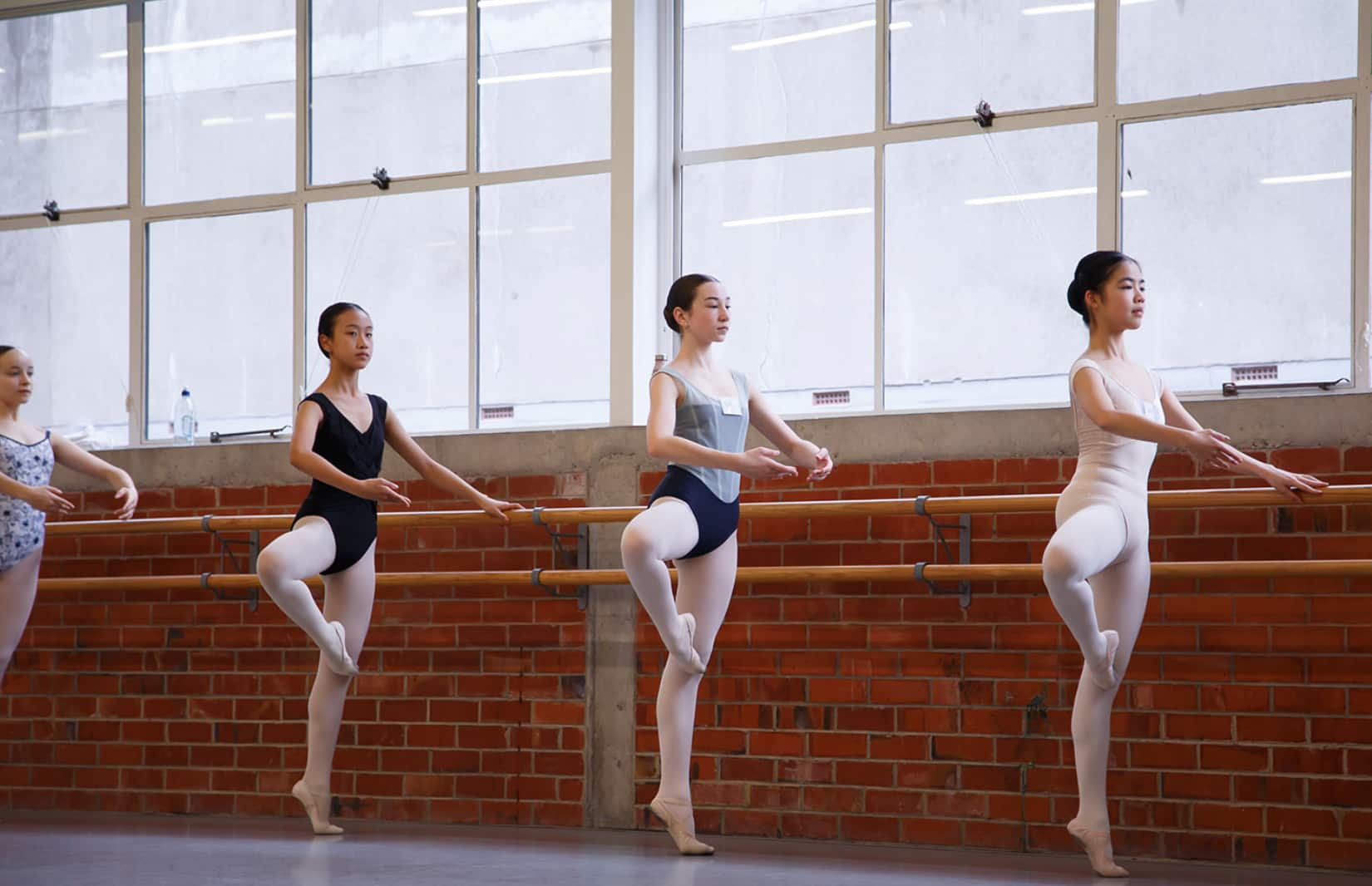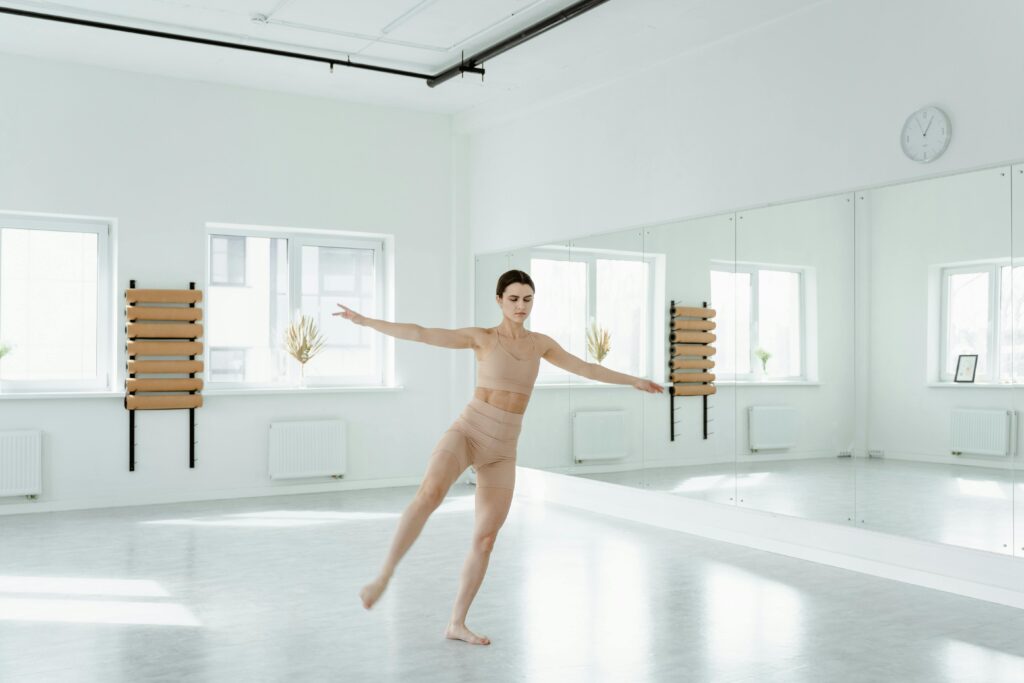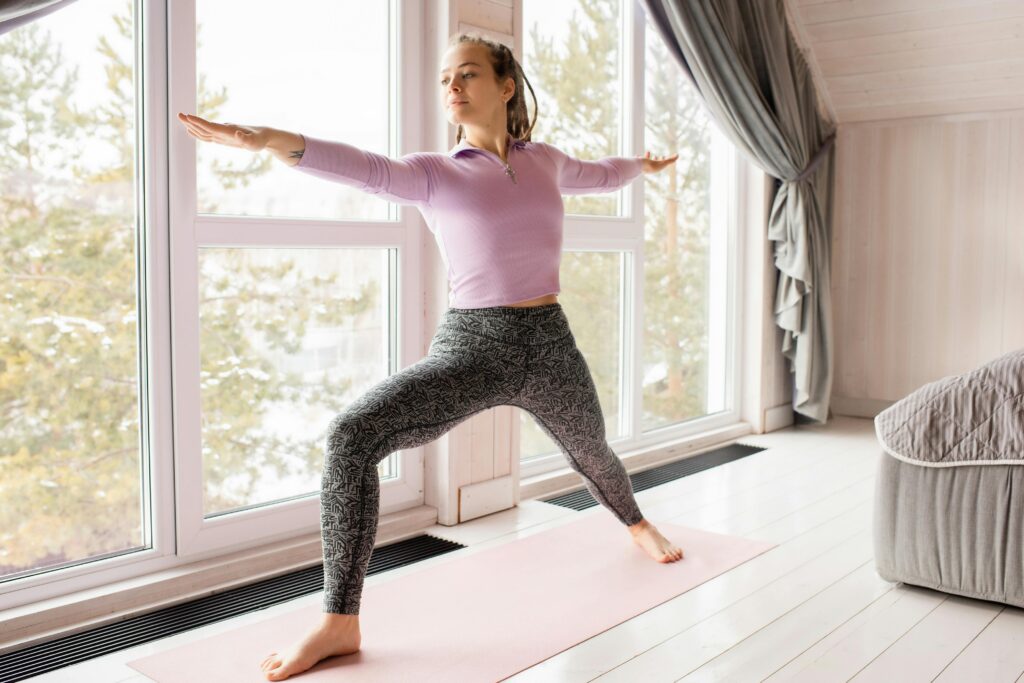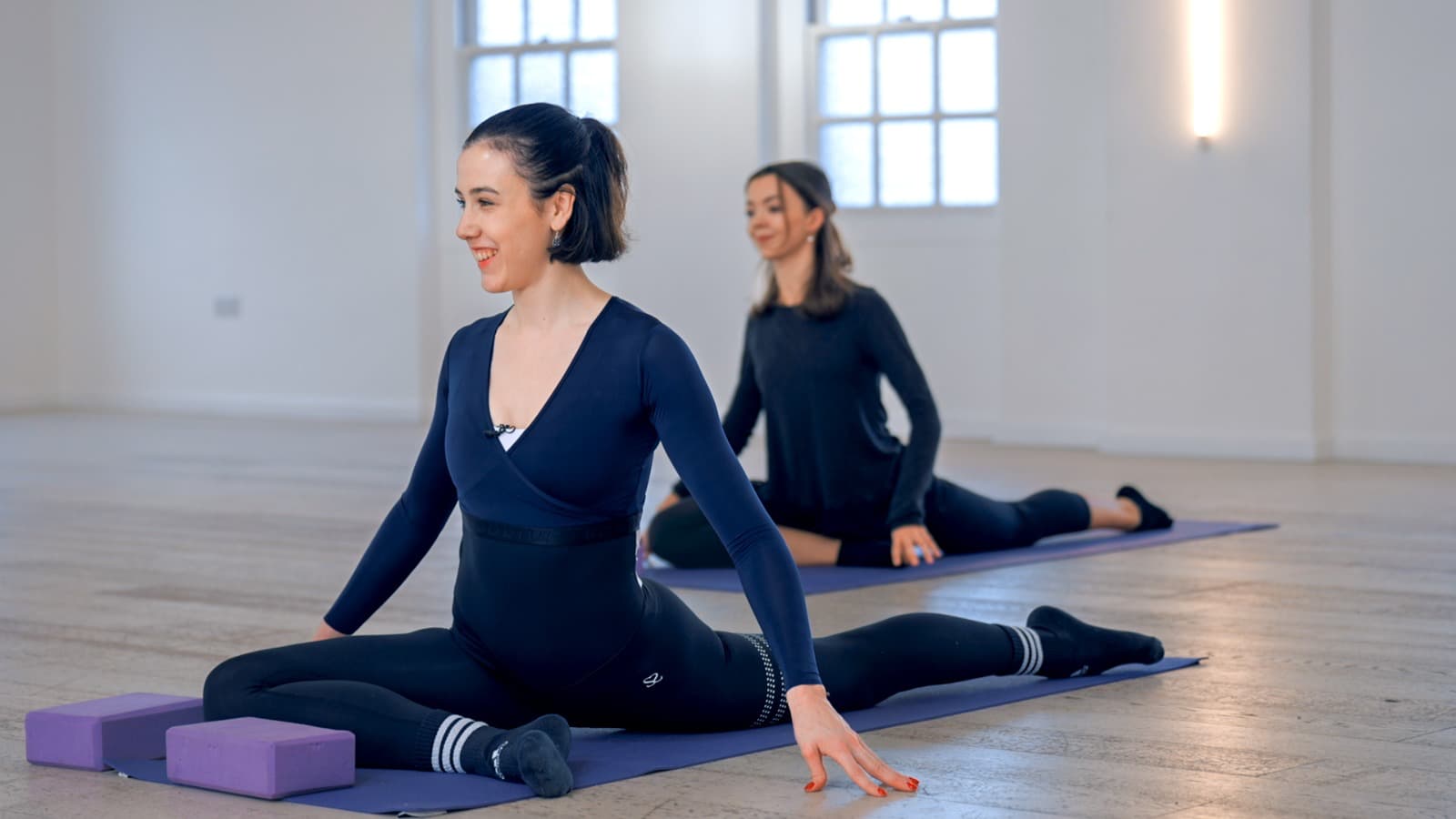The pirouette is one of ballet’s most important and recognisable movements! In today’s digital age, social media platforms like TikTok and Instagram have become a popular hub for showcasing impressive dance skills, including a multitude of pirouettes. While these viral videos may leave some aspiring dancers feeling intimidated or inadequate, it is crucial to remember the value of a clean pirouette which will lead to clean multiples. Foundations are key. This article is all about inspiring and reassuring dancers of all levels by highlighting the importance of foundational technique, the elegance that can be found in a well-executed single pirouette and eventually more! Remember most of the dancers you admire on stage only do 3 or 4, not 11 or 13. While this is impressive, it’s just a trick and won’t make a great ballerina.
Firstly, mastering a single pirouette serves as a solid foundation for mastering more advanced turns. By focusing on developing a clean and controlled single pirouette, dancers can establish a strong technical base that will support their progress in mastering multiple turns and complex variations.
Executing a single or double pirouette with precision and control is also a testament to a dancer’s skill and mastery. It showcases their ability to maintain balance, alignment, and grace throughout the turn, emphasising the importance of technique over the sheer quantity of rotations.
While social media may emphasise flashy and high turn counts, it is important to remember that dance is an art form that encompasses more than just the number of turns. It provides an opportunity for dancers to connect with the music, express emotions, and captivate audiences through the subtleties of their technique.
Mastering clean pirouettes requires dedication, patience, and consistent practice. It teaches dancers the value of perseverance and encourages them to celebrate their own progress, regardless of what they see on social media. By focusing on their own journey and embracing the beauty of their single turns, dancers can build confidence, grow as artists, and enjoy the process of improvement.
Finally, every dancer has their unique strengths and areas of focus. Instead of comparing oneself to viral social media videos, it is essential to embrace individuality and appreciate the journey of personal growth. Each dancer’s technique, artistry, and goals are distinct, making their pirouettes a reflection of their own artistic voice!
If you’d like guidance from a professional ballet dancer and coach, you can improve your pirouette with online classes focussed on this movement.
What is a pirouette and why is it important?
This movement is best thought of as being like the recipe to a cake. If one ingredient is off, then it won’t work! Pirouettes are a fundamental element of ballet technique and hold great importance for several reasons:
- Core stability and balance: Pirouettes require a strong and engaged core to maintain balance and control throughout the rotation. Dancers must develop a solid foundation and use their core muscles to stay centred and poised on one leg.
- Technical precision: Maintaining good connection to the turnout muscles, and maintaining the position of the pelvis, hips and shoulders is key to good pirouettes technique. Along with this spotting is key. Executing clean and precise pirouettes showcases a dancer’s technical ability. It demonstrates mastery over body alignment, placement, turnout, and control, all of which are essential elements in ballet.
- Coordination and fluidity: Pirouettes challenge a dancer’s coordination skills, as they require synchronising the movement of the body, arms, and head while maintaining balance and grace. By practising pirouettes, dancers improve their overall fluidity and learn to seamlessly connect different movements.
- Musicality and artistry: Dancers must synchronise their turns with the rhythm and phrasing of the music, showcasing their musicality and ability to express emotions through movement. Often it is most useful to not literally listen to the music while turning but be in tune with your internal rhythm, starting on the music and finishing on the music.
- Performance highlights: Pirouettes are visually captivating and often serve as highlights within ballet performances. Spectacular multiple turns or challenging diagonal of turns with a variation or coda can captivate audiences, leaving a lasting impression and showcasing the dancer’s technical prowess.
- Foundation for advanced turns: Mastering pirouettes lays the foundation for more advanced turns, such as multiple turns (double, triple, or more), fouettés, and other intricate turning sequences. Strong single pirouettes build the necessary technique, balance, and control required for these complex variations.
Alignment, balance, and control are absolutely crucial for executing a successful pirouette in ballet. These elements contribute to the overall quality, stability, and aesthetics of the turn. Let’s delve into the significance of each aspect:
- Alignment: Proper alignment ensures that your body is positioned optimally to maintain balance and execute the turn with control. Alignment involves maintaining a neutral spine, engaging the core, aligning the hips, shoulders, and head in a balanced position. Correct alignment helps distribute weight evenly, reducing the risk of imbalance and aiding in maintaining a stable rotation.
- Balance: Balance is the foundation of any pirouette. It refers to the ability to maintain a centred and controlled position while rotating on one leg. Effective balance relies on proper alignment, engaged core, turnout muscles, and a strong supporting leg. Developing balance through specific exercises and consistent practice enables dancers to execute pirouettes with grace and stability.
- Control: Control is essential for executing pirouettes with precision, smoothness, and ease. It involves maintaining control over every aspect of the turn, including the tail off, landing, speed, placement of the arms and head, spotting technique, use of the back, and the quality of the rotation itself. Control allows dancers to execute the turn without wobbling, excessive movement, or loss of balance. It also enhances the visual appeal of the pirouette.
- Strong preparation and take off: Without a good preparation there is also no pirouette. Setting up the turn is critical to the success of it. Make sure your weight is mostly on the front leg, glutes engaged shoulders down. Then with a quick push off of the back leg, find the position of the body quickly which requires a very strong muscular connection with the key areas.
Alignment, balance, and control work in synergy to ensure a successful pirouette. When these elements are properly developed and maintained, dancers can achieve clean rotations, maintain stability, and showcase their technical proficiency. Furthermore, mastering these aspects builds a solid foundation for more complex turns and variations in ballet.
What are some things that a dancer can practise to enhance their pirouettes?
If you can’t balance on one leg for 8 counts of music, it’s unlikely you’ll be able to do a suspended single pirouette. But the good news is with the right exercises, you will get there!
- Core strengthening: A strong core is crucial for maintaining balance and control during pirouettes. Incorporate exercises such as planks, Russian twists, and Pilates-inspired movements to strengthen the abdominal muscles and improve stability. You can also do core workouts designed for ballet dancers at a leading online studio.
- Balance exercises: Improve balance by practising relevés (rising to the balls of the feet) and balancing in retiréé position on one leg. Challenge yourself by closing your eyes or performing these exercises on unstable surfaces like a balance board, thick yoga mat, or a foam pad.
- Spotting drills: Spotting is essential for maintaining balance and reducing dizziness during pirouettes. Practice spotting exercises by focusing on a fixed point as you turn your head quickly and precisely to re-establish your gaze. Gradually increase the speed and number of turns to improve coordination and spotting technique.
- Correct alignment: Pay attention to your body alignment throughout the turn. Ensure that your supporting leg is straight, your turnout is properly engaged, and your upper body is lifted and aligned with your hips. Proper alignment enhances control and stability.
- Working on turnout: Develop and maintain proper turnout in the hips and legs. Strengthen the hip muscles with exercises like clamshells, leg lifts, and turnout exercises using resistance bands and the pilates ring. Stretch regularly to increase flexibility in the hips, hamstrings, and calves. You can find strength and stretch exercises here hamstring and stretch classes to practise at home from a leading online ballet studio.
- Controlled plié: Mastering a controlled plié in your preparation is essential for generating power and energy for the turn. Practise deep pliés with emphasis on maintaining stability and control, avoiding any sudden movements or shifts in weight.
- Arm coordination: The arms play an important role in balance and aesthetics during pirouettes. Practice coordinating the movement of the arms with the turn, focusing on maintaining clean lines and strength of bac . Work on thinking of your arms and shoulders like a balancing scale, we need to be completely centred and level to achieve good turns. You can also work on strengthening your arms with an online class.
- Gradual progression: Start with quarter turns, half turns, single pirouettes and gradually progress to multiple turns as your technique and confidence improve. It is essential to develop a strong foundation before attempting more advanced variations. You can try our pirouette course here!
- Video analysis: Record yourself performing pirouettes and review the footage to identify areas for improvement. Look for alignment issues, spotting accuracy, and overall control. Seek feedback from a qualified instructor or coach to gain valuable insights.
- Consistent practice: Dedicate regular practice time to pirouettes to develop muscle memory and improve technique. Practise both on flat and in relevé, focusing on clean transitions, controlled rotations, and maintaining proper form.
Perfect your pirouette with online ballet studio classes and workshops
Whether you are a beginner or advanced dancer, there’s always more you can do to perfect the fundamentals of ballet to perform the perfect clean single pirouette! And that’s where expert guidance can help you on your journey, so join the Ballet with Isabella online ballet studio!
Designed for dancers at all levels, there are a wide range of classes ranging from HIT and core workouts to specific poses and movements. The studio is led by Isabella McGuire Mayes, the first British graduate of The Vaganova Ballet Academy and soloist of The Mikhailovsky Ballet, and in addition to online classes, you can enjoy courses, private lessons, and in-person workshops and coaching sessions.
Together, wherever you are in the world, we can embrace the process, celebrate each milestone, and enjoy your transformation!




